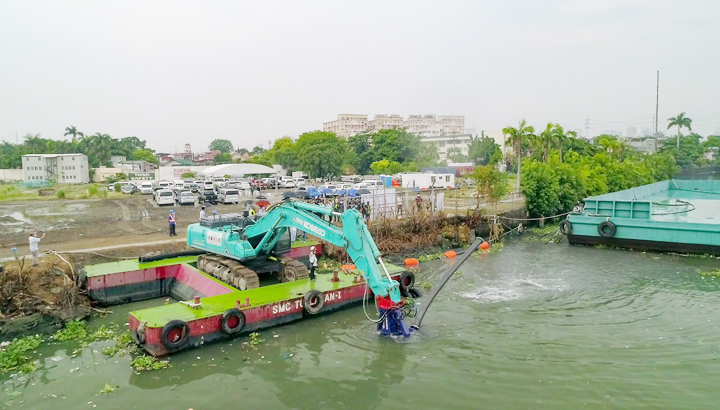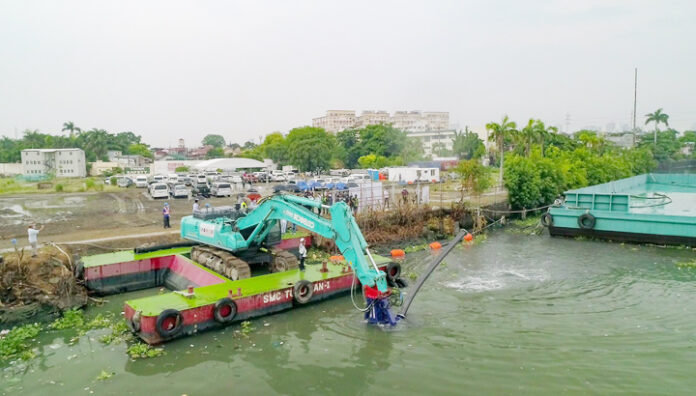
A scientific study released by the publication ocean Cleanup in the journal Science Advances has identified Pasig River and 18 other Philippine rivers among the top 50 polluting rivers in the world.
These rivers in the Philippines, the study added, represent more than a quarter of rivers worldwide that are responsible for 80 percent of ocean plastic pollution.
The researchers designed a tool to track plastics flowing into the oceans, which calculated that 454 “very small” rivers contribute 25 percent of global annual emissions, while 360 “small rivers” make up 24 percent of emissions, 162 “medium rivers” are responsible for 22 percent of emissions, while 18 “large” and six “very large” rivers contribute to 2 percent and 1 percent of plastic emissions, respectively. Other rivers of varying sizes contribute to 26 percent of the pollution.
The largest contributing country estimated by the model was the Philippines, with 466 out of 1,656 world’s rivers dumping more than 356,371 metric tons of plastic wastes annually. The world’s most polluting river when it comes to plastic is the 27-kilometer Pasig River which runs through Metro Manila, accounting for 63,000 tons of plastic entering oceans from rivers per year.
The study also suggested that coastal countries like the Philippines have a relatively high probability of plastic entering the ocean due to various factors, including short distances from land-based sources to rivers, and much shorter distances to oceans. Plastic also flows more easily into rivers from paved urban areas than it does in rivers from forests, and travels farther in rainy climates than dry ones. The researchers also considered for the study the proximity of landfills and dumpsites to riverbanks, finding out that those within 10 kilometers of rivers are likely to spill into them.
Aside from Pasig River, among the top 50 rivers that carry the most amount of trash and plastic into the ocean mentioned in the study are the following:
• Tullahan River
• Meycauayan River
• Pampanga River
• Libmanan River
• Rio Grande de Mindanao River
• Agno River
• Agusan River
• Parañaque River
• Iloilo River
• Imus River
• Zapote River
• Cagayan de Oro River
• Davao River
• Malaking Tubig River
• Tambo, Pasay (Storm drain)
• Jalaur River
• Cagayan River
• Hamulauon River
The study suggested a targeted approach to drastically reduce the world’s river plastic emissions.
For the Climate Change Commission, the study findings raise extreme concern on the issue of mismanaged plastic wastes in the country, and supports the call of urgent efforts to solve the plastic crisis by implementing measures to regulate and, in turn, halt the production of unnecessary plastics-made straws and stirrers, spoon and fork, and plastic labo, among others.
According to the CCC, House Bill 9147 or the Single-Use Plastics Products Regulation Act recently approved on second reading in the lower House, serves as a potential measure that will effectively address the country’s high rate of plastic waste leakage and plastic impacts on the environment, public health, and climate change through a nationwide phase out of single-use plastics and implementation of producers’ responsibility schemes.
“This ushers the start for producers to shift their dependence on throwaway packaging models to more sustainable reuse and refill systems,” the CCC said in a news statement.
The agency strongly urged the public to use alternatives and adopt workable community-based solutions to shift away from the single-use, throwaway culture that currently dominates our market.
Read full article on BusinessMirror



